Overview
Stress Testing, the production system, is an important part of go-live readiness for new installs and upgrades. You want to be able to simulate the stress on the system so, that the system can be tuned properly before going live.
Smart IS’s Stress Tester
Smart IS has created a solution for JDA/Blue Yonder that simulates the load for the system by creating virtual pickers and receivers. These agents run from a client machine and run the MOCA commands that simulate user actions. The solution spaces out the system interactions randomly to simulate the real-world environment.
Concepts
Profile: You can create several profiles for the stress tester. When we run the solution, we run a specific profile.
Tasks and Users: We have two types of clients — tasks and users. Tasks are used to stimulate automated processes that constantly run as a client to create work for users. These are similar to Blue Yonder tasks and jobs. Users correspond to actual users. We create users on the fly based on a template user ID.
Meta-Data
The meta-data for runs is stored in policies. The meta-data is abstract so, it does not take a long time to setup:
- Modify the template picking and receiving commands based on specific business processes
- Modify the commands that create work for the pickers and receivers
- Define a template user ID
- Define a number of users for each job code, e.g. how many pickers, and receivers, etc.
- Run it
- Analyze the results. Basically you are looking for the difference between min/max times. A high variance over a long period implies that stress is not being managed very well
Use Case
- From Smart IS MOCA Client, launch stress tester (Note that the free version of Smart IS MOCA Client is not licensed for this module):
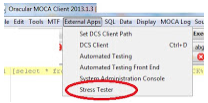
- You can maintain the meta-data from here or by going to the respective policies:

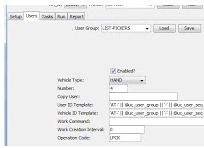
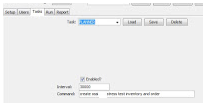
- Go to the “Run” tab and press Run: This launches the stress tester.
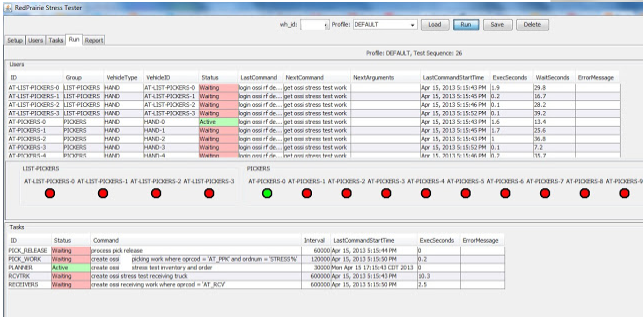
- Press “Run” again to stop the test.
- Go to the “Report” Tab to see the results.
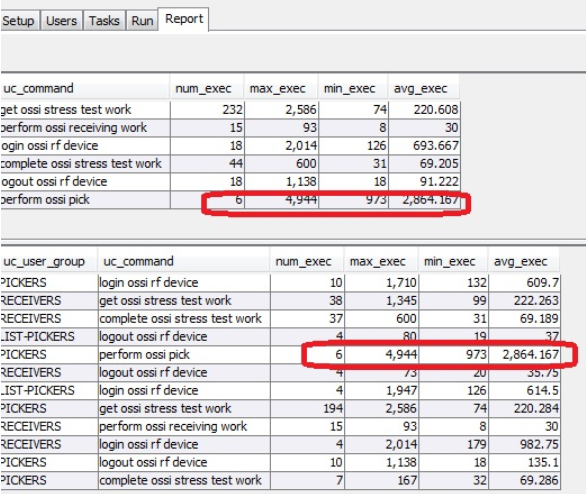
Conclusion
As you can see from the results, this information can be very useful. A large difference between minimum and maximum may imply that the system faces contention as the number of users grows. This may offer opportunity to tune the system before it is placed in production.
If you need more information about this solution, contact me at saad.ahmad@smart-is.com.
Originally published at saadwmsblog.blogspot.com.




